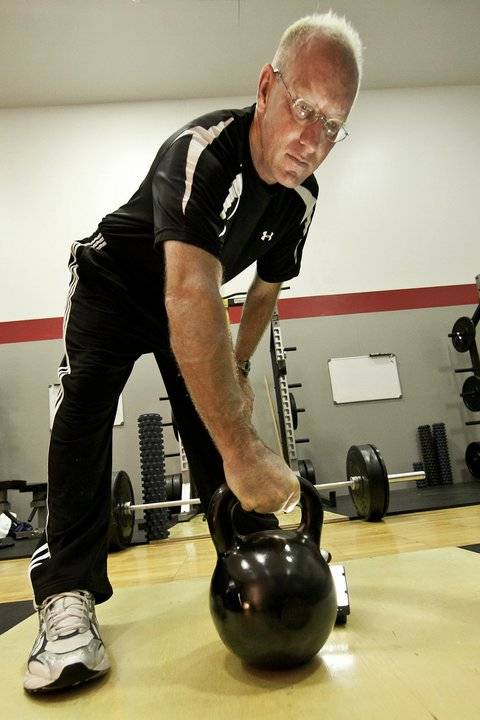Often overheard at my gym:
“Don’t think! Cognition slows you down!”
During the performance of athletic skills requiring a significant degree of strength, power, or coordination, it’s important that the body drives the mind, rather than vice versa.
But when you’re practicing a new skill – especially if it’s a fast skill (think of a golf swing or power clean, for instance) – you’ve got a lot of things you’re trying to do properly all at once. What’s the solution?
- Think in pictures: If a picture’s worth a thousand words, imagine how much head space a picture will free up. Rather than thinking about the various technical components involved in the skill you’re practicing, develop an image of what you want to look like. You’ll find yourself moving more fluidly and confidently.
- Focus on feel: This has similar advantages to the point above, but it’s just another way to side-step the cognitive process. As an example, on Olympic lifts, in order to get your shoulders out in front of the bar, you could either think “Okay, I need to get out in front of the bar” or you could seek the feeling of increasing hamstring tension as you pull the bar from the floor. The latter option is more effective.
- Put in your time: Gradually, more and more technical elements will slip under the conscious level, which means you won’t need to “think” about them any more, freeing you up to focus on any remaining technical errors. This simply takes time. You can’t “cram” athletic competency, which is one reason why training is a more worthy pursuit than exercise.
- Slow down: Obviously, slowing down (when possible) gives you more time for whatever thinking that you can’t avoid. As a martial arts instructor, I used to teach slow-motion punches because students found it helped their overall awareness and comprehension of the skill.
- Use moderate weights: If the weight on the bar is excessive, you’ll resort to doing whatever it takes to lift it. If the weight is too light, you’ll be deprived of proprioceptive feedback. Find the middle ground.
If you’re currently struggling with your kettlebell snatch, tennis serve, or any other complex physical skill, give these suggestions a try, and please share your experiences in the comments section below.

This Week’s Training
This was a low-volume, low-frequency week. I did post a few good numbers though, especially on my squat and deadlift, and my shoulder health seems to be holding up very well. I’ll be competing on June 8th, so next week will be light as well. So that’s about it, but this close to a meet, no news pretty much equates to good news.
Weekly Volume and Noteworthy Lifts:
Volume: 15,420 lbs (Last Week: 38,319 lbs)
Squat 345×2
Bench Press: 260×0
Deadlift: 405×2
Wednesday, May 28, 2014, 11:30 AM
Bodyweight: 202 lbs
Volume: 4,760 lbs
SQUAT
Set 1: 45 lbs × 5
Set 2: 45 lbs × 3
Set 3: 95 lbs × 3
Set 4: 135 lbs × 3
Set 5: 225 lbs × 1
Set 6: 275 lbs × 1
Set 7: 315 lbs × 1
Set 8: 345 lbs × 2
DEADLIFT
Set 1: 135 lbs × 3
Set 2: 225 lbs × 3
Set 3: 315 lbs × 1
Set 4: 405 lbs × 2
Friday, May 30, 2014, 1:03 PM
Bodyweight: 202 lbs
Volume: 10,660 lbs
BENCH PRESS
Set 1: 45 lbs × 5
Set 2: 95 lbs × 5
Set 3: 135 lbs × 5
Set 4: 185 lbs × 3
Set 5: 205 lbs × 1
Set 6: 225 lbs × 1
Set 7: 245 lbs × 1
Set 8: 260 lbs x 0
Set 8: 225 lbs × 3
BACK EXTENSION
Set 1: 145 lbs × 5
Set 2: 145 lbs × 5
Set 1: 5 reps
Set 2: 5 reps
Set 3: 5 reps
LYING TRICEPS (EZ CURL BAR)
Set 1: 65 lbs × 10
Set 2: 65 lbs × 10
Set 1: 80 lbs × 10
Set 2: 80 lbs × 10
A big believer in practicing what he preaches, Charles Staley trains and competes just like his clients. Every Friday you can read what Charles has done this week in his workout sessions.






